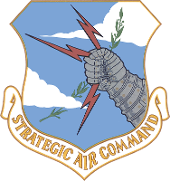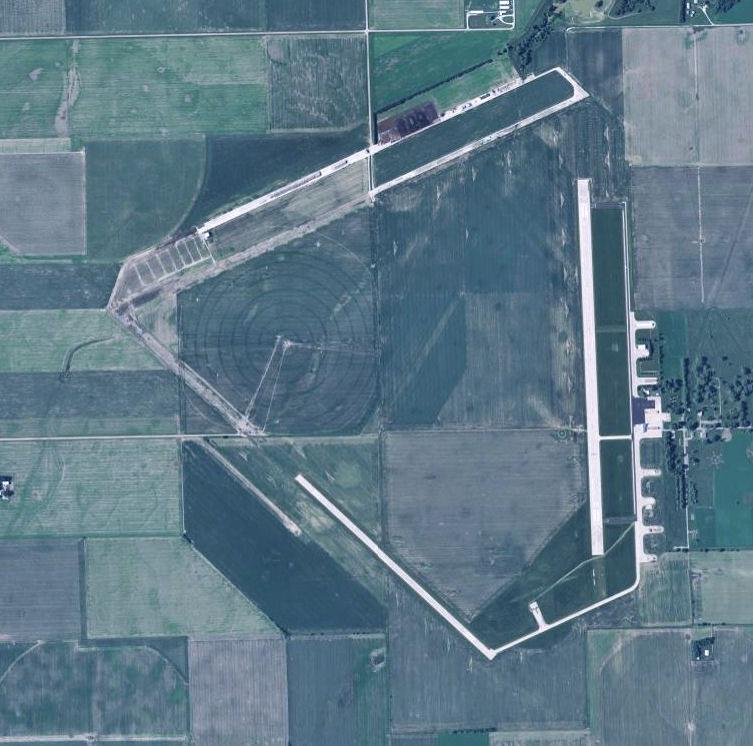Scribner Army Airfield
Hooper Communications Annex
Offutt GLOBECOM Communications Annex #3



Initially a satellite base of Sioux City Army Airfield, Scribner became a main Army Airfield and provided training during World War II. After the war, the base became a staple of Cold War communications
World War II
Construction at Scribner began in October 1942 and was rapidly opened on December 9, 1942. Scribner was originally a satellite field for the larger Sioux City Army Airfield but achieved independent status in 1943. Until 1943, it supported B-17 and B-24 training. After 1943, the mission primarily switched to P-47 Thunderbolt fighter training (the 36th Fighter Group trained here before deployment to England shortly before D-Day in March 1944).
The field also featured camouflage training, resulting in a farm-like look to the base with at least one hangar painted to represent a barn.
The field would close in December 1945, assets going to the State of Nebraska the following year
As a state airport / communications detachment
Scribner's today has two active runways, however the field is relatively quiet. Scribner State Airfield remains a part of the Nebraska Department of Transportation